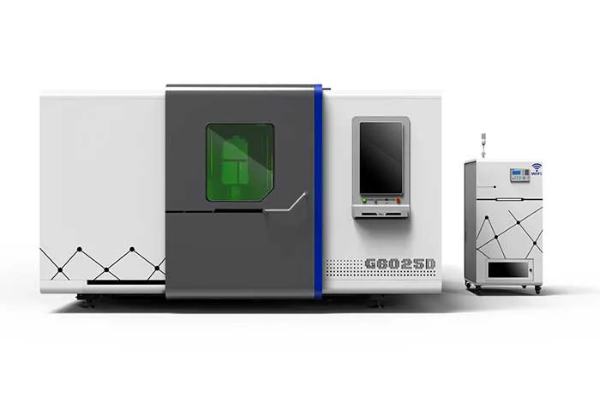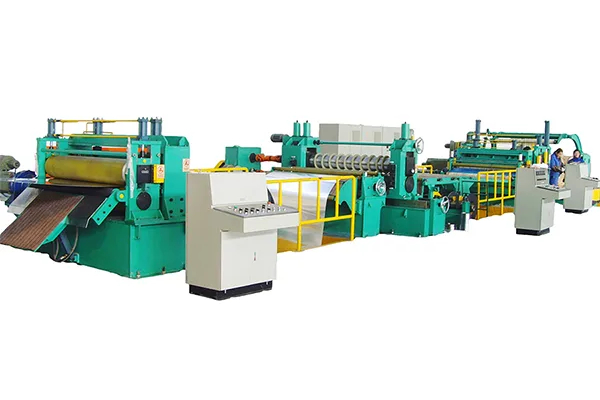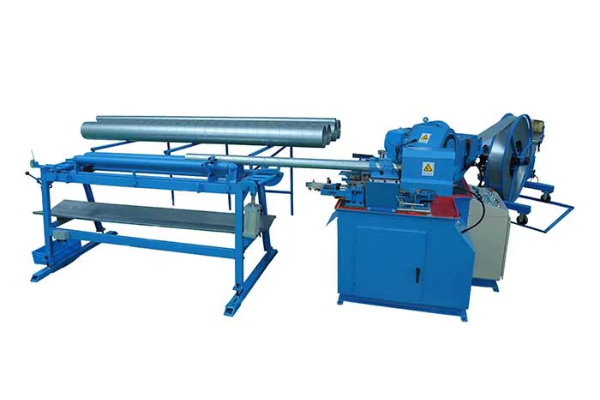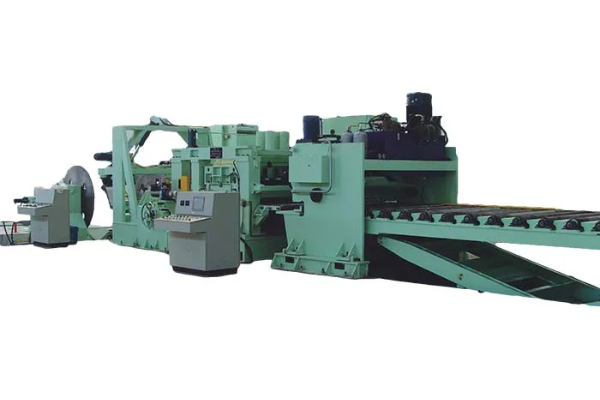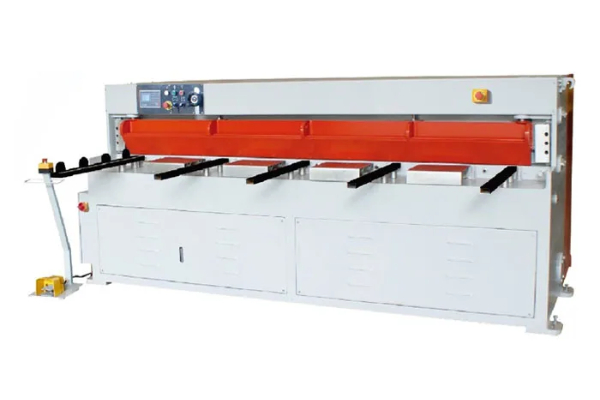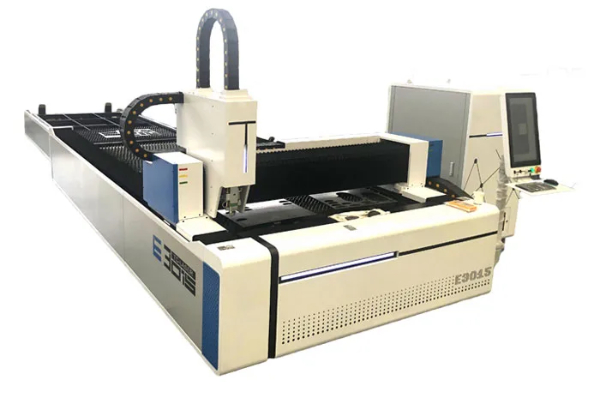
Comparing Different Types of Plasma Nozzle Electrodes
- By:Metmac
- 2024-08-27
- 114
In the realm of plasma cutting technology, the nozzle electrode plays a pivotal role in shaping the plasma arc and optimizing performance. Various types of electrodes exist, each possessing distinct characteristics and applications. By understanding the differences between these electrodes, manufacturers can select the most effective solution for their specific needs.
Thoriated Tungsten Electrodes
These electrodes are renowned for their high electron emission capabilities and arc stability. They are widely used in high-power plasma cutting applications due to their ability to withstand extreme temperatures and current densities. However, they require precise alignment and can be brittle, making them susceptible to damage.
Cerium Tungsten Electrodes
Cerium tungsten electrodes offer a balance of long life, arc stability, and ease of use. They are suitable for a wide range of plasma cutting processes, including thin and medium-thickness metals. Their lower electron emission compared to thoriated electrodes results in a narrower plasma arc, making them ideal for intricate cutting operations.
Lanthanum Tungsten Electrodes
Lanthanum tungsten electrodes are characterized by their high melting point and superior arc stability. They excel in high-accuracy cutting applications, minimizing electrode erosion and ensuring a consistent arc length. Their higher cost and limited availability make them less common in general-purpose plasma cutting.
Zirconiated Tungsten Electrodes
Zirconiated tungsten electrodes possess excellent corrosion resistance and a moderate electron emission rate. They are often used in applications where arc stability and electrode life are paramount, such as automated plasma cutting systems. Their lower operating temperature compared to other electrodes makes them less suitable for demanding applications.
Hafnium Tungsten Electrodes
Hafnium tungsten electrodes offer a high melting point and superior erosion resistance. They are particularly well-suited for plasma cutting of thick and challenging materials, such as stainless steel and titanium. Their high cost and sensitivity to contamination limit their widespread use.
Conclusion
Selecting the appropriate plasma nozzle electrode is crucial for optimizing cutting performance, maximizing electrode life, and achieving desired results. By carefully considering the characteristics and applications of different electrode types, manufacturers can make informed decisions and tailor their processes accordingly. This comprehensive comparison provides a valuable foundation for understanding the diverse options available and selecting the optimal electrode for specific cutting requirements.
-
High-Precision Solutions from Leading Sheet Metal Cutting Machine Manufacturers
2025/09/11 -
Reliable Sheet Metal Equipment for Sale to Support Precision Fabrication
2025/07/17 -
Advanced Duct Machine AC and Fabrication Solutions from Metmac
2025/07/12 -
The Advantages of Using a Sheet Roll Forming Machine in Manufacturing
2024/09/14
-
Precision Sheet Metal Cutting and Processing Machines for Modern Manufacturing
2025/09/25 -
Advanced Sheet Metal Processing Machines for Industrial Applications
2025/09/25 -
High-Precision Sheet Metal Cutting Machines for Modern Manufacturing
2025/09/25 -
Efficient Sheet Metal Working Machines for Modern Manufacturing
2025/09/17
-
A Guide to the Latest Innovations in Sheet Metal Folding Machines
2024/11/29 -
Key Features to Consider When Investing in a Sheet Metal Folding Machine
2024/11/28 -
Enhancing Precision with Advanced Sheet Metal Folding Machines
2024/11/27 -
How to Choose the Right Sheet Metal Folding Machine for Your Workshop
2024/11/26
